What Do You Refashion Men’s Shirts Into?

Did someone mention a challenge which involves refashioning clothes? I can’t resist taking part in the local social enterprise New-u‘s request to refashion men’s shirts into something suitable for the catwalk. New-U are hosting a clothing swap event, encouraging people to appreciate preloved clothing. The fashion industry is the second-biggest consumer of water, producing 20 percent of all wastewater while also generating more greenhouse gas emissions than all international flights and maritime shipping combined.
The impact of fast fashion on our finite world’s resources is enormous, one way of reducing the impact is to buy less, to rethink our wardrobe’s. Can you recycle old clothes into something new? Working with a selection of preloved clothes brings challenges, are the weight of the clothes similar, do they coordinate, how much fabric is there in reality when you take the original garments apart? Do they wash well?
If you love working with preloved clothes check out all my refashion posts. Or if you are looking specifically for shirts check out my niece’s gorgeous refashioned men’s shirts toddler dress.
My initial thoughts for this challenge re the men’s shirts are to use the fabric, unpicked, to simply cut out new pieces for a top for myself, but I soon realized the shirts were not wide enough for the patterns I had in mind (I always turn to my pattern stash from magazine subscriptions).
Next thought – how about creating a patchwork kimono? Using the wrong and right side of the fabric from two of the shirts to make a patchwork fabric for the main panels of the kimono, then using the pale shirt for the cuffs and front edging panels.
Refashion Men’s Shirts into a kimono
To refashion garments you may wish to think about your new garment in blocks, this enables you to plan the garment with different fabric from old clothes, you may also wish to create new fabric from patching together pieces of preloved clothing.
For this pattern, I decided the main body of the kimono is one fabric type, to create the appearance of cuffs using the same fabric as slim front panels, and finally the bottom panels in a third fabric.
I started by sewing up the main panels of patchwork fabric. Using two of the shirts, wrong side and right side to give four different textures/colors I cut strips of fabric using a rotary cutter and quilters ruler. These were then cut to different lengths of blocks and sewn together into strips.
Once each strip was sewn I zigzagged the edges of the seams. I then sewed up strips of fabric to create a block of patchwork fabric big enough for one pattern piece.
If you are making your own, ensure you allow the seam allowance when arranging your strips of fabric roughly over your pattern piece.
Having cut out the panel I then created the opposite front piece and the back panels.
With all these seam allowances it is best to line the kimono – this particular pattern is super easy to line. Sew up the lining the size of the body of the kimono, pin around the neck and sides, baste in place.
Add the front edge panels, which fold over to the wrong side. hand stitch with a slip stitch the edges of the cuffs and front edge panels enclosing the raw edge of the lining fabric.
Lastly add the bottom panel, following the pattern instructions to gather the panels in between the notches. My original plan was to add the checked shirt on the right side and wrong side for the bottom panel but it just did not look right, so I pinched a little plain navy fabric from my stash keeping the checked shirt for the inside.
and here’s the back,
If you love upcycling, refashioning, sewing and a little bit of DIY thrown into the mix sign up for my fortnightly newsletter.
If you are looking for further ideas to refashion men’s shirts check out Stephanie’s great roundup of refashioning men’s shirt ideas. If you have created blocks fo fabric whilst refashioning I would love to see them, drop a link in the comments below.
Enjoyed the project?
The author may collect a small share of sales from the links on this page.

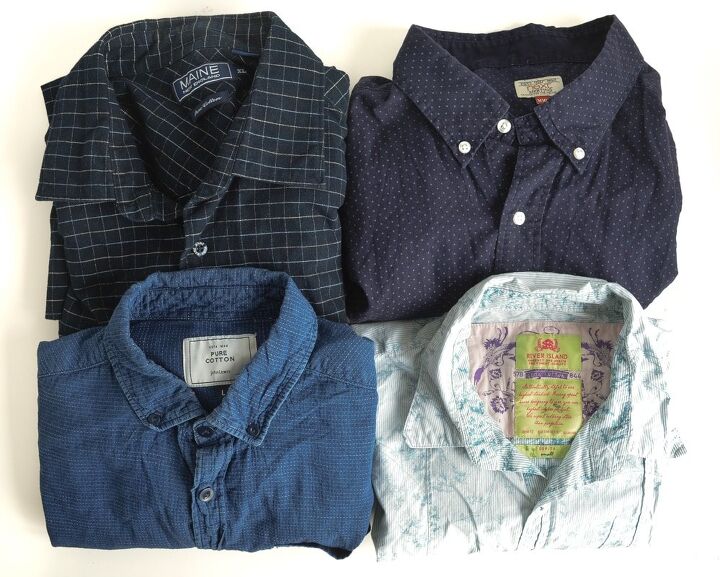














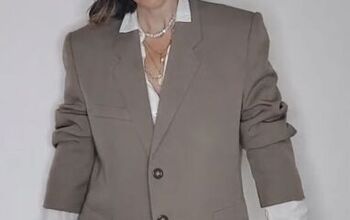


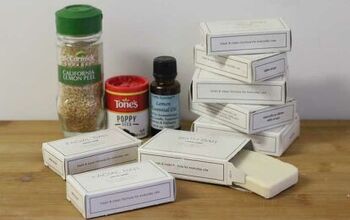

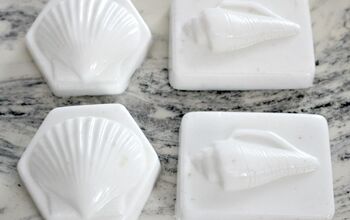

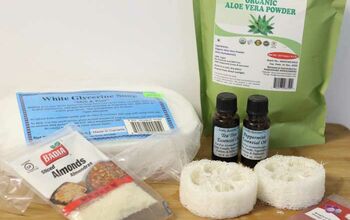
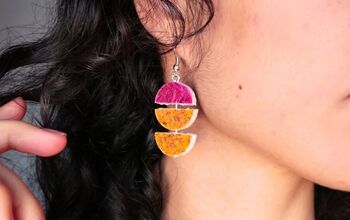
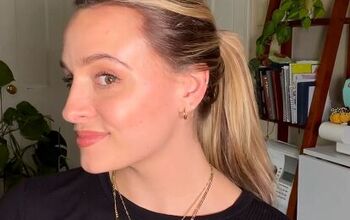

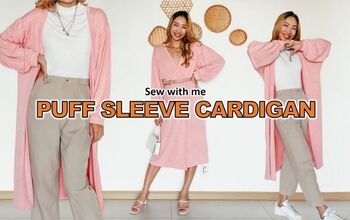
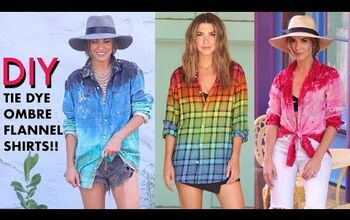



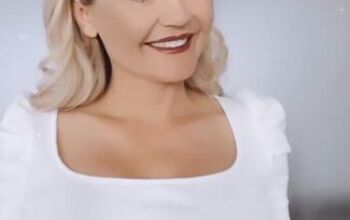
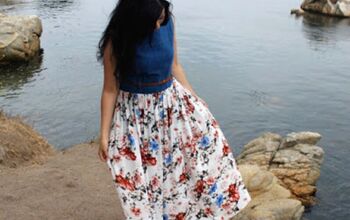
Comments
Join the conversation
Very nice! I told my husband about you and how you can make anything! You have a great way of seeing outside the box!
Nicely done!